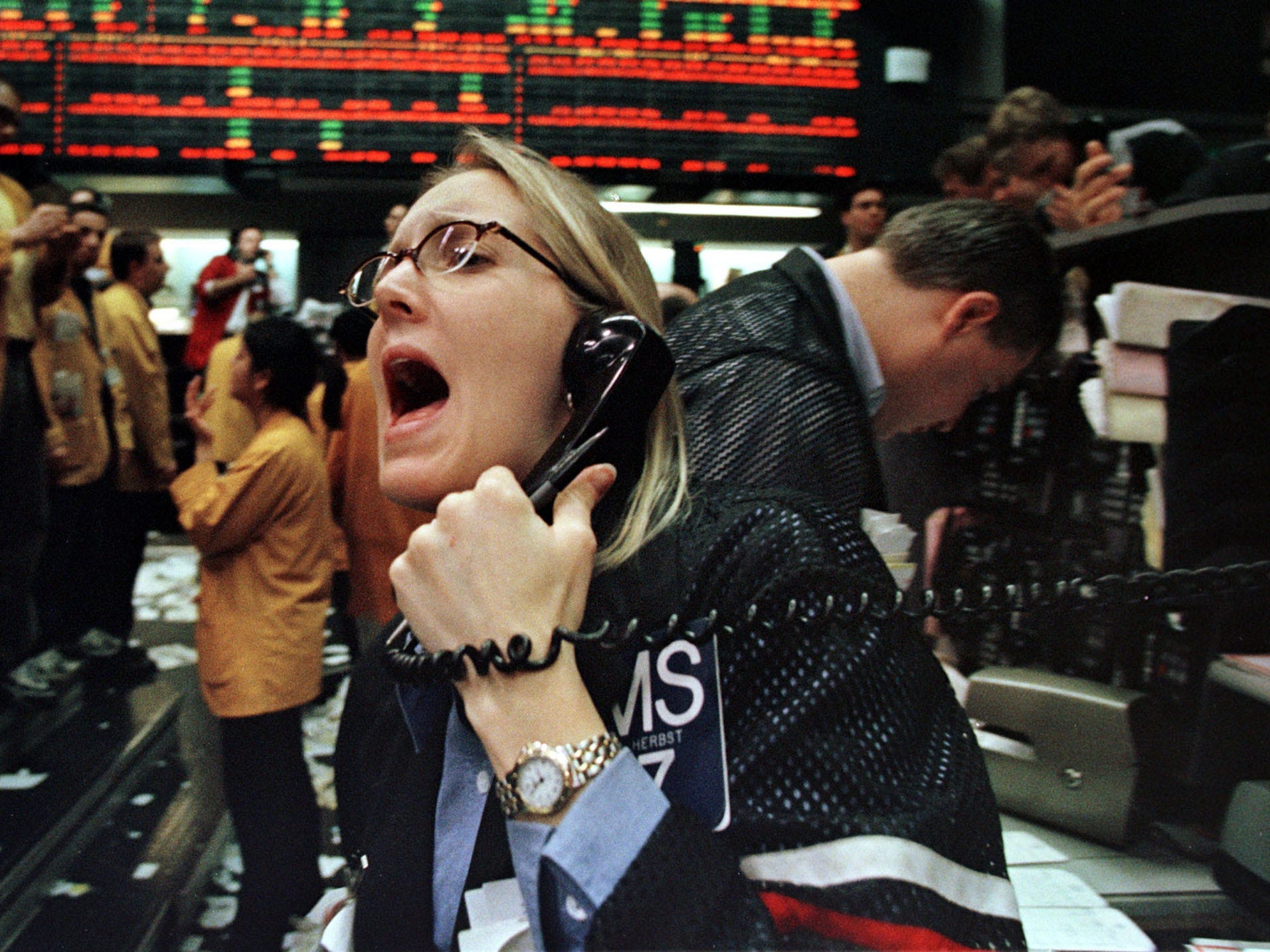- Investors have shifted into cyclical assets lately as COVID-19 vaccines are on the way and the economy gets set to recover.
- But Morgan Stanley’s Mike Wilson is warning that valuations are getting too high, and that a near-term pullback may in the cards.
- He laid out four strategies to still find returns in cyclicals.
With the extreme valuations of some large-cap growth stocks and the discovery of multiple effective COVID-19 vaccines, it’s been a near-ubiquitous message on Wall Street lately: cyclical assets – those whose value appreciates during early-cycle economic activity – are the place to be.
Now, the first signals are coming in that this shift into cyclicals may be over, at least for now, as valuations continue to climb heading into the end of the year.
“Recoveries create rotations, but with those rotations now fully in gear, it may be time for a near term pause,” Morgan Stanley US Equity Chief Strategist Mike Wilson wrote in a December 7 note. “While this recession and recovery have been following our playbook to a ‘T’, we have noticed it’s happening faster than normal.”
Wilson and his team, who have been bullish on cyclicals since spring, are among the first of major Wall Street institutions warning of a full repricing of cyclicals already.
Indeed, it’s a change of message from Wilson himself only weeks ago. He told Business Insider on November 16 that he expects overall cyclical outperformance through at least into 2022.
"The question about whether or not these can become the new leadership group for a longer period of time will depend on how this economic recovery develops," Wilson said at the time.
"I do think this will last more than a couple of years. I think this trend back toward cyclicals and what I would say are economically-sensitive stocks in general, that leadership probably will last longer than what people are expecting," he added.
But, of course, things have changed since that conversation with Wilson on the morning Moderna announced they'd discovered the second effective COVID-19 vaccine, after Pfizer announced theirs the week before.
According to Goldman Sachs, investor confidence has soared well above norms on the prospect of an impending recovery, pushing valuations to "extremely stretched" levels.
This bullishness has led to a full repricing for many cyclical assets, Wilson is now saying.
He acknowledged the shift in position in the Monday note.
"Until recently, we believed their leadership from the lows has been underappreciated by many market participants, not to mention the financial media," Wilson wrote. "However, with pro-cyclical styles seeing spectacular outperformance in November, the story has now become a consensus trade/preference."
Still, Wilson is not completely bearish on cyclicals, which may still outperform following any near-term drawdowns.
But he said investors now need to be more selective with the stocks they're picking, and ought to wait for these pullbacks to add to broader cyclical positions.
4 themes to still find returns in cyclicals
More specifically, Wilson laid out four themes investors can follow as a guide for finding the returns still to be had in cyclicals.
The first is positioning with a tilt toward value stocks versus growth.
"This pair only troughed recently and has had a 13% relative move off its trough," Wilson said, referencing the performance of value stocks compared to growth.
"Happening in less than a month, the annualized rate of change on the pair suggests the pace of the move has been a bit too fast," he continued. "However, in a broader context, Value still has room to outperform relative to growth to deliver the average relative performance seen in past rotations (25%)."
Second, Wilson said more opportunities are to be had in "old economy" cyclical stocks - those that are non-tech - compared to defensives.
"Old economy cyclicals [compared to cyclicals generally] have tended to have much wider uncertainty bands and higher volatility in rotations, which is not surprising given their GDP sensitivity and typically higher fixed cost bases," Wilson said.
He added: "This suggests further upside surprise in a particularly strong economic upswing, in line with our house forecasts, is still a strong possibility and makes non-Tech cyclicals the area we would focus on for new purchases in pullbacks."
Third, Wilson recommended leaning more towards small-cap stocks than large-cap. This is despite the fact that upside in the near-term is priced-in, he said.
"Small caps relative to large are running about 12% above their average performance during small cap led rotations (32% vs 20%), but still 8% below the typical relative performance seen in rotations associated prior recessions/recoveries," he said.
He added that investors might consider waiting for a correction to add to small-cap positions, and that individual stock selection is "increasingly important.
Finally, Wilson said that though a near-term pullback may be in the cards, the momentum factor - which tracks which stocks are performing best - will play a role in continuing the upward trend, as increasing amounts of money entering cyclical stocks, because of their year-over-year outperformance, further drives up values.
"As happens in recoveries, the current ongoing rotations will tilt the composition of the momentum factor more cyclically over time," Wilson said.
He added: "The bottom line is that with pro-cyclical rotations now in gear and the trailing 12 month basis for comparison heading for March's trough over the next few months, we expect momentum to continue to continue toward more pro-cyclical styles, potentially drawing additional supportive flows next year."
